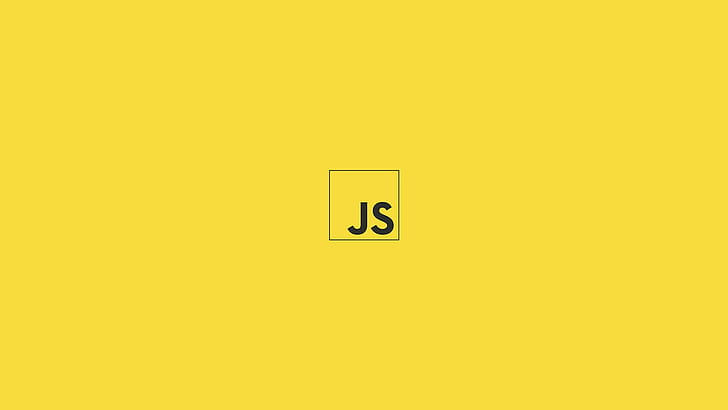What is JavaScript

JavaScript is a versatile programming language commonly used for web development. It enables developers to create interactive and dynamic websites by adding functionality, interactivity, and behavior to web pages. Here's an in-depth look at JavaScript and its key concepts:
Introduction to JavaScript
JavaScript is a high-level, interpreted programming language that is commonly used in web development to add interactivity and functionality to websites.
It is a client-side scripting language, meaning it runs on the user's web browser, allowing for dynamic changes to web page content without requiring server-side processing.
Syntax and Structure
JavaScript syntax is similar to other programming languages like C, Java, and Python.
JavaScript code is typically written within < script> tags directly in HTML documents or included as separate external files with a .js extension.
JavaScript statements end with a semicolon ';' and are case-sensitive.
Data Types and Variables
JavaScript supports various data types, including numbers, strings, booleans, arrays, objects, functions, and more.
Variables are used to store and manipulate data in JavaScript. They are declared using the var, let, or const keywords.
Variable names must be unique, meaningful, and follow certain naming conventions.
Operators and Expressions
JavaScript supports a wide range of operators, including arithmetic, assignment, comparison, logical, and bitwise operators.
Operators are used to perform operations on variables and values, such as addition, subtraction, multiplication, division, and more.
Expressions are combinations of values, variables, and operators that produce a result.
Control Flow and Loops
JavaScript provides various control flow statements, including if...else, switch, for, while, and do...while loops.
Control flow statements are used to control the execution flow of JavaScript code based on specified conditions.
Loops are used to repeatedly execute a block of code until a certain condition is met.
Functions
Functions are reusable blocks of code that perform a specific task.
JavaScript functions can be defined using the function keyword and can accept parameters and return values.
Functions can be invoked or called by their name followed by parentheses, optionally passing arguments.
Objects and Classes
Objects are collections of key-value pairs, where each key is a property and each value is a property value.
JavaScript uses objects extensively, and nearly everything in JavaScript is an object or behaves like one.
ES6 introduced the concept of classes, which provide a more structured way to create objects with constructor functions and methods.
Event Handling and DOM Manipulation
JavaScript allows developers to handle user interactions and manipulate the Document Object Model (DOM) of web pages.
Event handling enables developers to respond to user actions, such as clicks, mouse movements, keyboard inputs, and form submissions.
DOM manipulation allows developers to dynamically modify the structure, content, and style of web pages, such as adding, removing, or updating elements.
Asynchronous JavaScript
Asynchronous JavaScript allows developers to execute code asynchronously without blocking the main execution thread.
Asynchronous operations in JavaScript include AJAX requests, timers, callbacks, promises, and async/await syntax introduced in ES6.